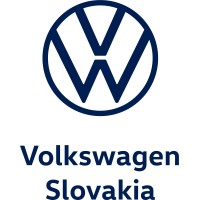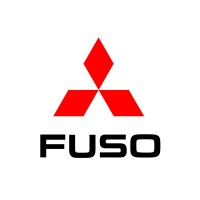Company Cyber Security Posture
NANA
NA Company Details
NA
NA
NA
NA
NA
NA
Scan still pending
NA
NA
Between 200 and 800
This score is AI-generated and less favored by cyber insurers, who prefer the TPRM score.
 NA Global Score
NA Global Score.png)

Company Scoring based on AI Models
| Model Name | Date | Description | Current Score Difference | Score |
|---|---|---|---|---|
| AVERAGE-Industry | 03-12-2025 | This score represents the average cybersecurity rating of companies already scanned within the same industry. It provides a benchmark to compare an individual company's security posture against its industry peers. | N/A | Between 200 and 800 |
Company Cyber Security News & History
| Entity | Type | Severity | Impact | Seen | Url ID | Details | View |
|---|
Company Subsidiaries

NA
Access Data Using Our API

Get company history
.png)
NA Cyber Security News
Data quality powers KYB: Mitigating risk and fighting fraud in real time
Automated Know Your Business (KYB) checks are instrumental in this effort, identifying fraudulent organisational structures and activities in real time.
Cybersecurity Paint By Numbers
Cybersecurity has become a serious issue impacting all types of organizations with a recent focus on manufacturers.

NA Similar Companies

Volkswagen Slovakia
Volkswagen Slovakia je najväčším automobilovým producentom v Slovenskej republike. V súčasnosti má na Slovensku dva závody, situované v Bratislave a Martine. Volkswagen Slovakia s.r.o. bol založený v roku 1991, produkcia sa rozbehla začiatkom roka 1992. Závod v Bratislave je jedine

FORVIA HELLA
FORVIA HELLA is a listed international automotive supplier. As a company of the FORVIA Group, FORVIA HELLA stands for high-performance lighting technology and vehicle electronics and, with the Lifecycle Solutions Business Group, also covers a broad service and product portfolio for the spare parts a

Mitsubishi Fuso Truck and Bus Corporation
Mitsubishi Fuso Truck and Bus Corporation (MFTBC) is one of Asia's leading commercial vehicle manufacturers, powering economic growth in over 170 countries around the world. Together with our sister company DICV in India, our diverse workforce of 12,000+ employees makes up Daimler Truck Asia (DTA).

FORVIA
FORVIA comprises the complementary technology and industrial strengths of Faurecia and HELLA. With over 300 industrial sites and 77 R&D centers, 150,000 people, including more than 35,000 engineers across 40+ countries, FORVIA provides a unique and comprehensive approach to the automotive challenge

Harley-Davidson Motor Company
In 1903, out of a small shed in Milwaukee, Wisconsin, four young men lit a cultural wildfire that would grow and spread across geographies and generations. Their innovation and imagination for what was possible on two wheels sparked a transportation revolution and lifestyle that would make Harley-Da

Cummins Inc.
At Cummins, we empower everyone to grow their careers through meaningful work, building inclusive and equitable teams, coaching, development and opportunities to make a difference. Across our entire organization, you'll find engineers, developers, and technicians who are innovating, designing, testi

Frequently Asked Questions
Explore insights on cybersecurity incidents, risk posture, and Rankiteo's assessments.
NA CyberSecurity History Information
How many cyber incidents has NA faced?
Total Incidents: According to Rankiteo, NA has faced 0 incidents in the past.
What types of cybersecurity incidents have occurred at NA?
Incident Types: The types of cybersecurity incidents that have occurred include .
Additional Questions
What Do We Measure?
















Every week, Rankiteo analyzes billions of signals to give organizations a sharper, faster view of emerging risks. With deeper, more actionable intelligence at their fingertips, security teams can outpace threat actors, respond instantly to Zero-Day attacks, and dramatically shrink their risk exposure window.
These are some of the factors we use to calculate the overall score:
Identify exposed access points, detect misconfigured SSL certificates, and uncover vulnerabilities across the network infrastructure.
Gain visibility into the software components used within an organization to detect vulnerabilities, manage risk, and ensure supply chain security.
Monitor and manage all IT assets and their configurations to ensure accurate, real-time visibility across the company's technology environment.
Leverage real-time insights on active threats, malware campaigns, and emerging vulnerabilities to proactively defend against evolving cyberattacks.




